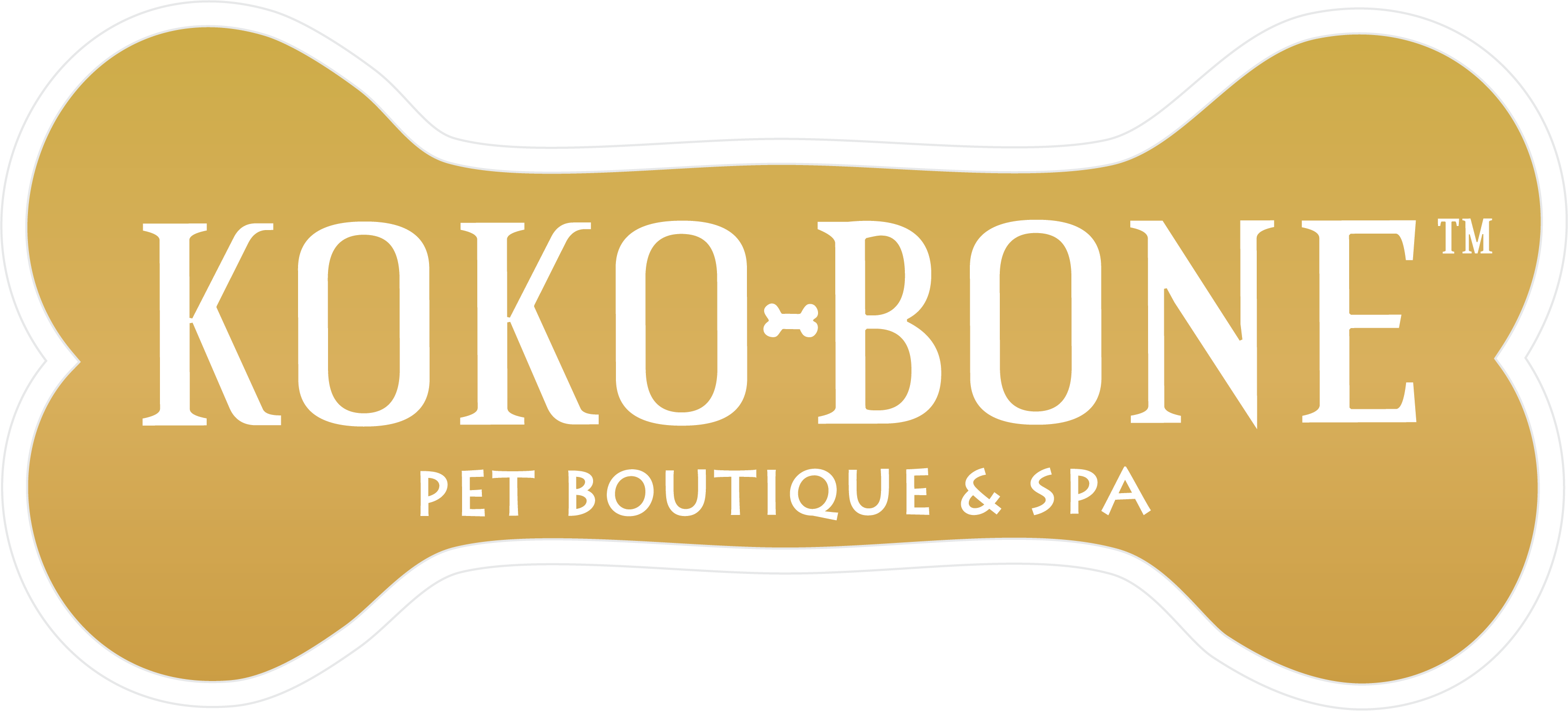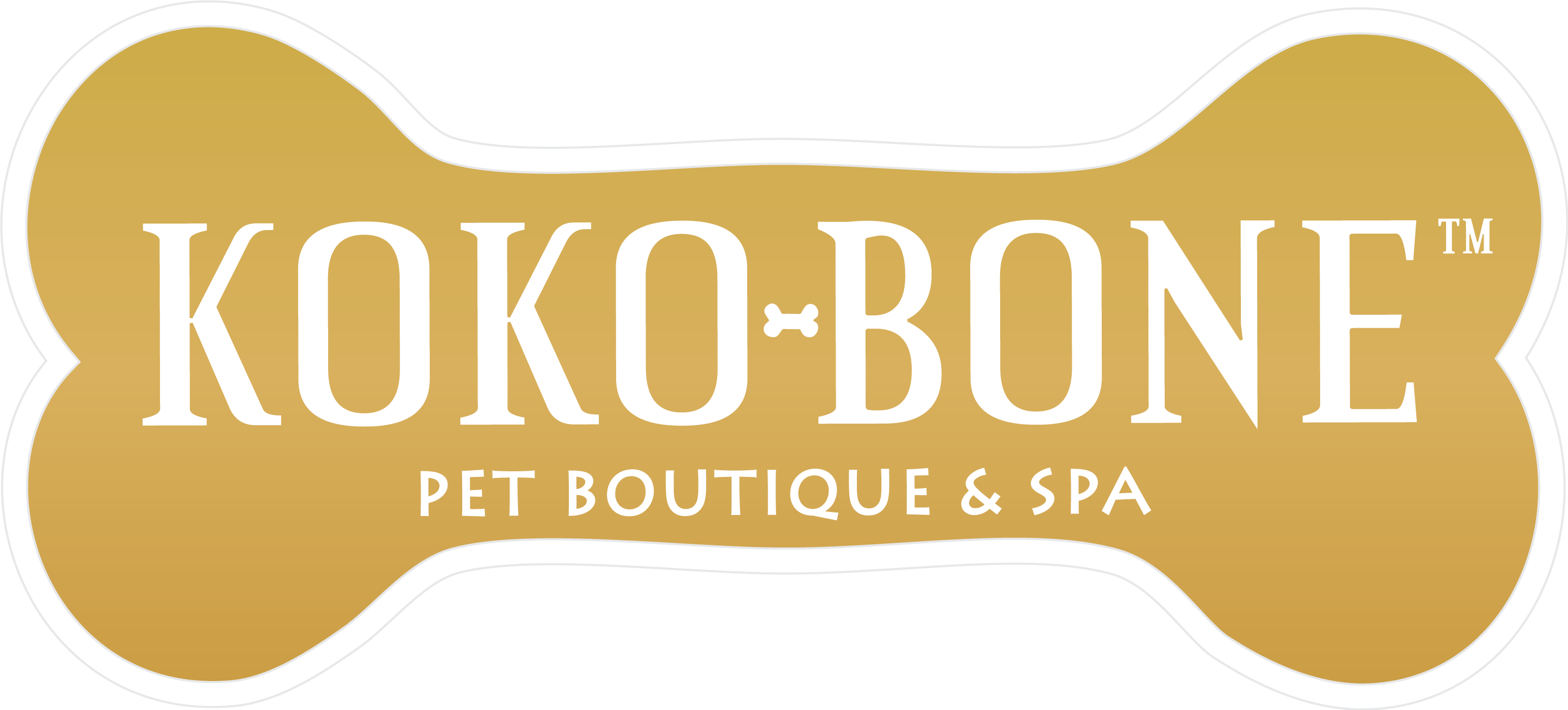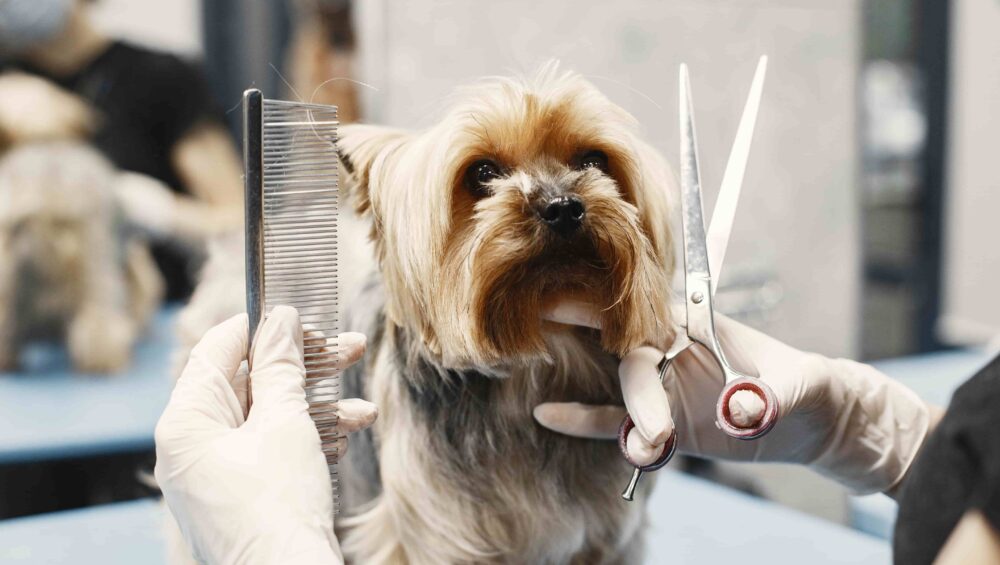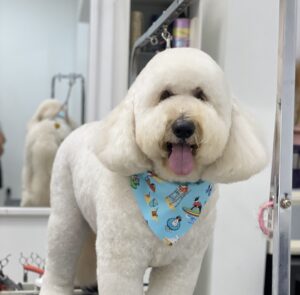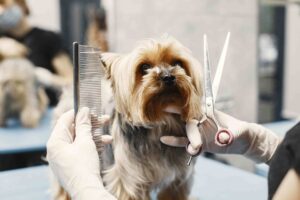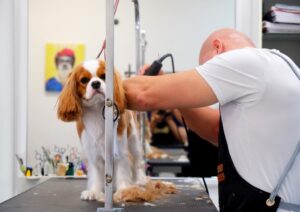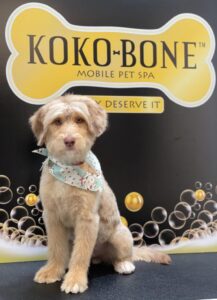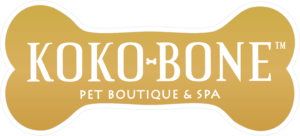The coat of your pet is more than just a layer of fur. It acts as a barometer for their overall health and well-being, reflecting their nutritional and physical status. As an expert and pet lover, I’m excited to share with you the top treatments and techniques for caring for your dog’s hair, ensuring not just their appearance but their overall health.
The Importance of a Coat in Your Pet’s Health
Your dog’s fur does more than keep them warm; it’s a key indicator of their internal health. A shiny, strong, and soft coat suggests a healthy pup, while dull, brittle, or excessive hair loss can signal underlying issues. Paying attention to your pet’s coat health is crucial for preventing diseases and detecting those that are already present.
Key Diseases Identifiable by Coat Condition
- Dermatitis: If your dog is scratching excessively and their coat looks dull, it could be dermatitis. This skin condition can be caused by allergies, parasites, or infections.
- Ringworm: Brittle hair with circular bald spots might indicate ringworm, a contagious fungal infection.
- Endocrine Problems: A thin coat and flaky skin can be symptoms of endocrine issues, like hypothyroidism.
- External Parasites: The presence of fleas, ticks, or mites is evidenced by constant scratching, hair loss, and skin wounds.
Tips for Caring for Your Dog’s Coat
- Quality Diet: Provide your dog with a balanced diet rich in omega-3 and omega-6 fatty acids, which promote a healthy coat.
- Regular Baths: Use special dog shampoos that respect their skin’s pH and avoid bathing them too much to not dry out their skin.
- Frequent Brushing: Depending on the type of fur, brush your dog several times a week to remove dead hair and stimulate blood circulation.
- Veterinarian Visits: Regular check-ups can prevent and timely treat skin and hair problems.
Looking for dog grooming near me or pet grooming near me can connect you with professionals who provide these services, including «mobile pet grooming» options for convenience.
Identifying Diseases Through the Coat
- Dullness and Excessive Loss: May signal nutritional deficiencies or stress.
- Bald Spots: Often indicate fungal infections, allergies, or parasites.
- Change in Color or Texture: Could be a sign of hormonal problems.
If you notice any of these signs, consult your vet. Early diagnosis and appropriate treatment can make a big difference.
Caring for your dog’s coat is caring for their health. A healthy coat is a sign of a happy and healthy dog. Incorporate these tips into your routine and keep an eye out for any changes in your pet’s fur. Remember, the love and attention you put into caring for their coat will directly reflect in their health and happiness. And, if you’re searching for pet grooming near me or considering mobile pet grooming options, know that these services can be a great help in maintaining your dog’s coat health. Your furry friend will thank you with plenty of licks and tail wagging!
